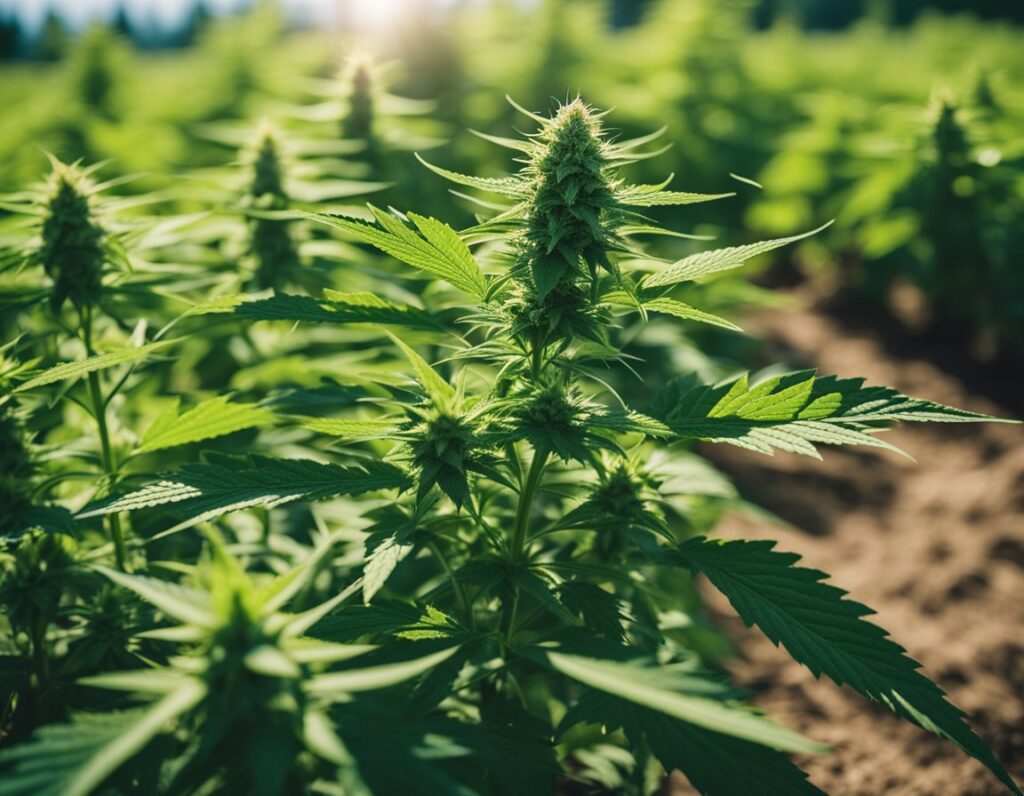
French Cookies strain is a sativa-dominant hybrid strain that combines distinctive genetics and appealing effects. Its origins contribute to its unique profile, while its cannabinoid levels can influence the consumer experience.
French Cookies is a hybrid strain derived from a reverse cross of the Platinum Cookies strain. This cross combines the genetics of OG Kush and Durban Poison, resulting in a balanced profile. Typically, it boasts a genetic ratio of 60% sativa and 40% indica.
The plants are known for their striking appearance, displaying deep green to almost black leaves with vibrant purple hues. They grow to a manageable height of about 125-130 cm and can thrive in both indoor and outdoor environments. An important characteristic of French Cookies is its bushy growth pattern, featuring a large main cola surrounded by several smaller colas.
French Cookies feminized seeds are highly recommended for growers seeking consistency and efficiency, as they produce female plants that are more likely to yield potent buds without the need for identifying and removing male plants.
The THC levels in French Cookies typically range from 15% to 23%, making it a potent option for enthusiasts. This variance allows growers to select phenotypes that best fit their desired strength.
In terms of CBD, this strain contains low levels, focusing primarily on THC’s psychoactive effects. As a result, the high is invigorating and uplifting, often leading to a pleasant and energetic experience. Growers should be aware of these cannabinoid levels when cultivating, as they may impact the selection of suitable growing conditions and the timing of harvest.
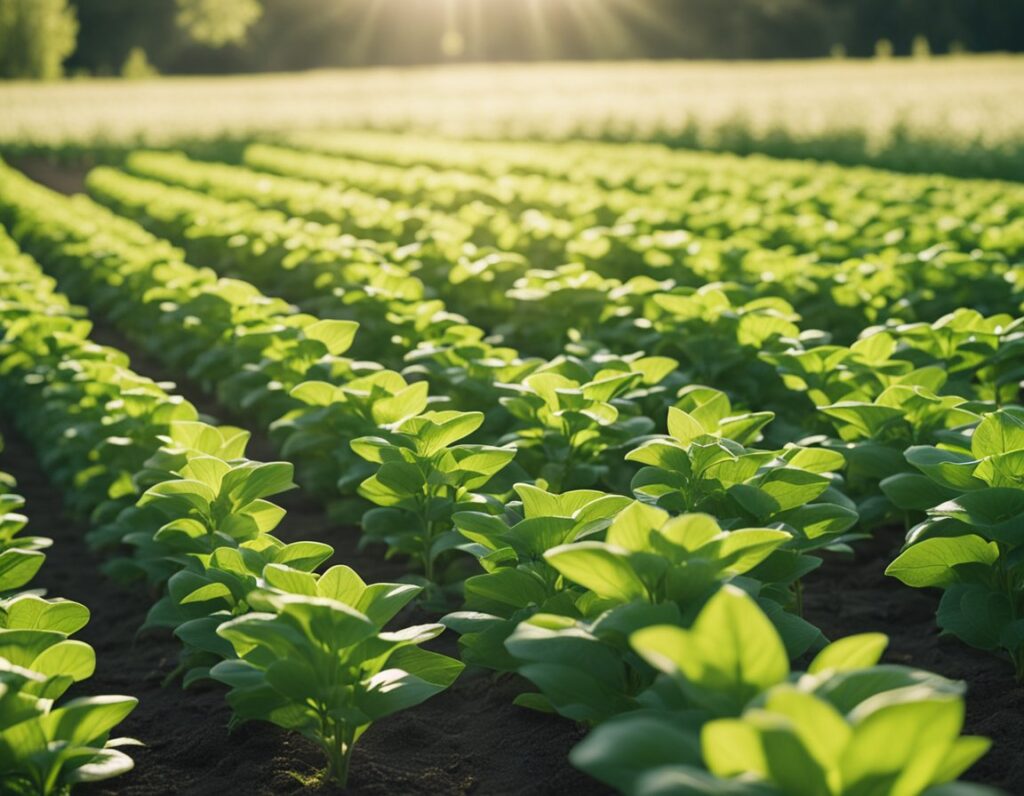
Creating the right climate for French Cookies is essential for achieving optimal growth and yield. Growing French Cookies in Canada requires specific temperature and humidity ranges to ensure the plant’s health.
French Cookies prefer a temperature range of 20°C to 26°C (68°F to 79°F) during the day. Nighttime temperatures should drop to around 15°C to 20°C (59°F to 68°F). Maintaining these temperatures encourages healthy photosynthesis and robust growth.
Excessive heat, especially above 30°C (86°F), can stress the plants, leading to slower growth and potential yield reductions. Conversely, temperatures below 15°C (59°F) may stunt growth and affect flowering negatively.
Growers should also consider using supplemental heat during colder months to maintain optimal conditions, especially in northern climates where temperatures can drop significantly.
Humidity plays a vital role in the growth of French Cookies. During the vegetative stage, optimal humidity levels range from 40% to 60%. This range allows the plants to absorb moisture effectively while promoting healthy foliage development.
During the flowering stage, it’s crucial to lower humidity levels to 30% to 50%. High humidity at this stage can lead to mold and mildew, particularly given the dense buds typical of this strain.
Using dehumidifiers or ventilation systems can help manage humidity levels effectively. Monitoring humidity regularly is essential for preventing issues that could compromise the quality and yield of the crop.
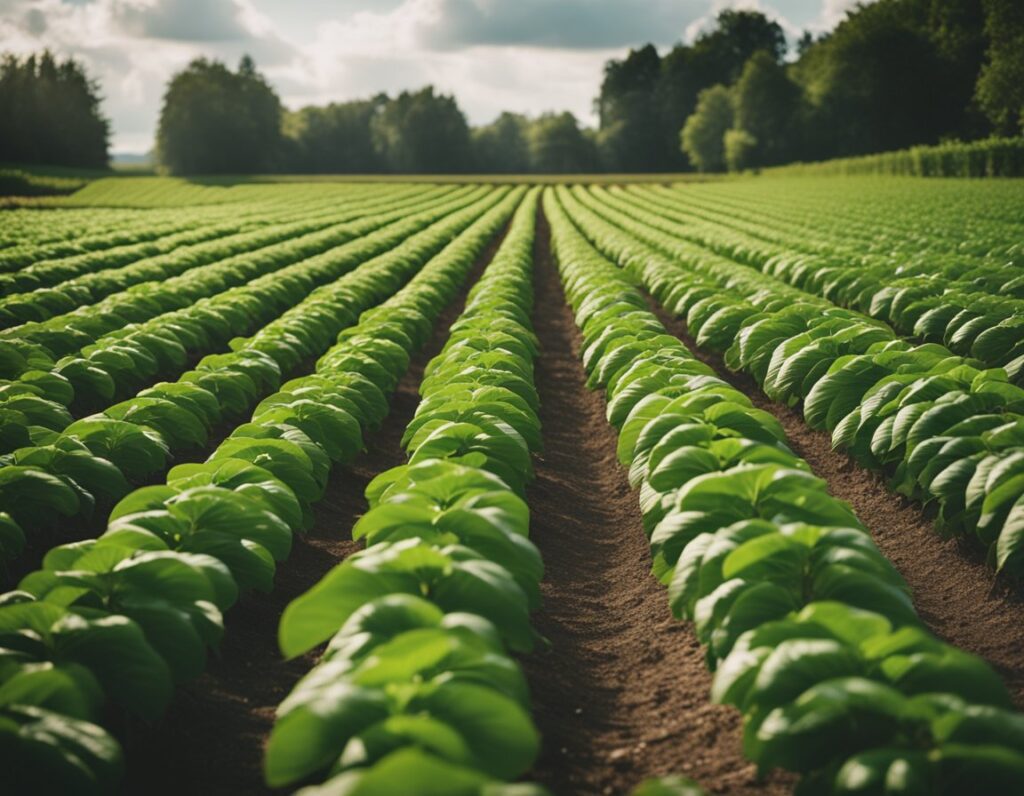
Proper soil selection and nutrition are essential for optimal growth of French Cookies in Canada. Understanding the specific requirements for soil type, pH, and nutrient schedules can significantly enhance crop yield and quality.
French Cookies thrive in well-drained soils rich in organic matter. Loam soils, which balance sand, silt, and clay, are ideal. These soils provide the necessary aeration and drainage, preventing waterlogging that can impede root development.
The soil pH should ideally range between 6.0 and 7.0. Maintaining this range supports nutrient availability. A soil test is recommended to determine current pH levels and amend accordingly. Lime can be added to raise pH if the soil is too acidic. Regular testing ensures the soil remains conducive to growth.
A tailored nutrient schedule is vital for the success of French Cookies. Key nutrients include nitrogen, phosphorus, and potassium (N-P-K). A balanced fertilizer with an N-P-K ratio such as 10-10-10 can be beneficial during the planting phase.
Additional micronutrients, like calcium and magnesium, also play important roles in plant growth. Applying fertilizers should be done in stages, starting at planting and continuing through the growing season. Regular assessments of soil nutrient levels can help adjust the fertilization strategy, ensuring plants receive the essential nutrients they need for robust growth.
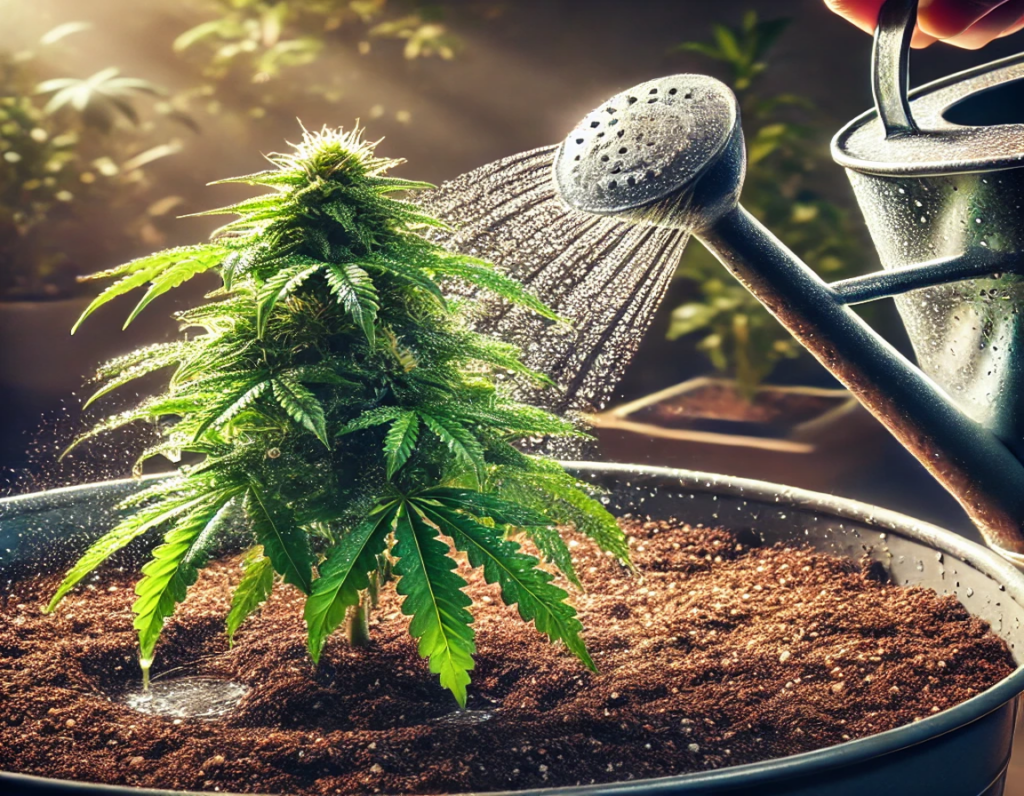
Watering French Cookies plants effectively is crucial for their growth and yield. Proper techniques ensure the roots receive adequate moisture without waterlogging.
Rainwater or Filtered Water: Using rainwater or filtered water is ideal. This type of water is free from additives like chlorine and fluoride, which can affect soil health and plant vitality.
Watering Schedule: It’s essential to establish a consistent watering schedule. During the growing season, watering every 2-3 days is often sufficient, adjusting based on rainfall and temperature conditions.
Soil Moisture Monitoring: Regularly check soil moisture levels. A simple method is to insert a finger about an inch into the soil. If it feels dry, it’s time to water.
Watering Technique: When watering, aim for the base of the plant. This technique minimizes moisture on the foliage, reducing the risk of mold and mildew.
Deep Watering: French Cookies plants prefer deep watering. Ensure that water reaches the root zone by applying it slowly and allowing it to soak in. This promotes strong root development.
Drainage: Ensure pots or garden beds have proper drainage. Standing water can lead to root rot, which can severely impact plant health.
By adhering to these watering techniques, growers can enhance the development of French Cookies plants, resulting in a healthier crop.
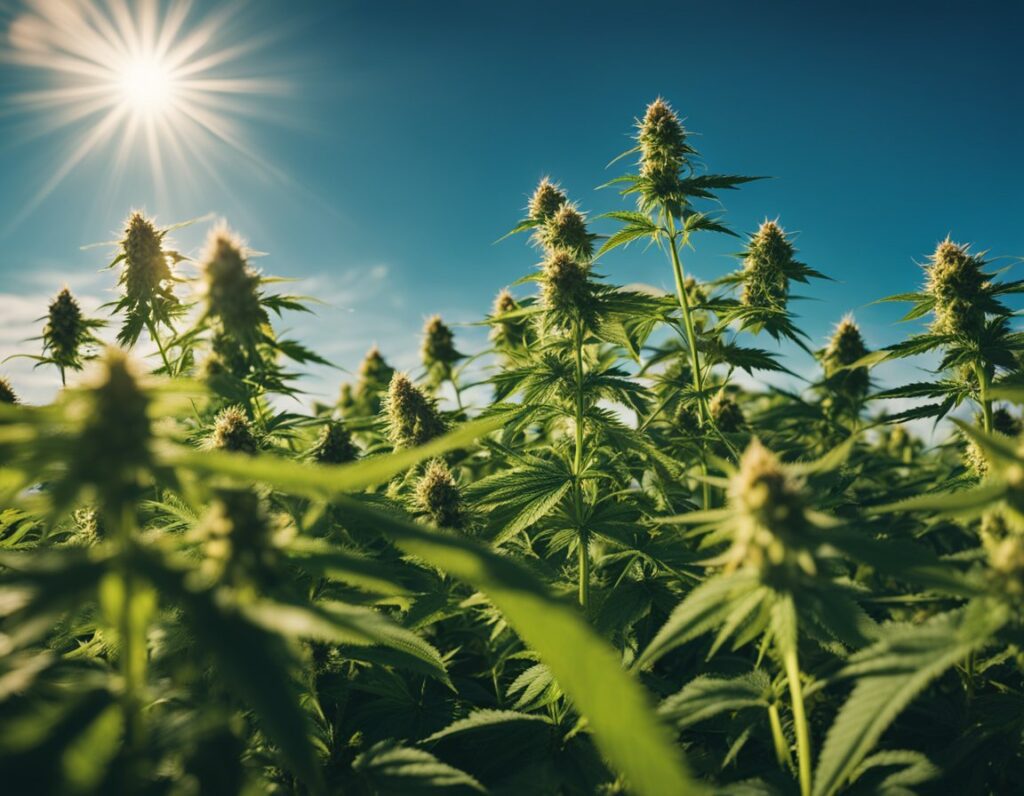
The choice of lighting and understanding photoperiodism are critical factors in cultivating French Cookies effectively. Proper lighting conditions ensure optimal growth, while an understanding of light cycles can promote desired plant behaviors.
For indoor growth, utilizing full-spectrum LED grow lights is recommended. These lights provide the necessary spectrum for photosynthesis and enhance flowering. A light setup should consist of both blue and red wavelengths, as blue light supports vegetative growth and red light triggers flowering.
Positioning the lights is also essential. They should be set 12 to 36 inches above the plants, depending on the light intensity. Additionally, maintaining a photoperiod of 18 hours of light followed by 6 hours of darkness is ideal for the vegetative stage. Adjustments can be made as plants transition to the flowering stage.
Photoperiodism refers to how plants respond to different lengths of light exposure. For French Cookies, a light cycle of 12 hours of light and 12 hours of darkness is often effective during the flowering phase. This cycle mimics natural conditions and encourages the plant to initiate flowering.
Growers can also implement nighttime supplemental lighting techniques. For example, providing additional light in the middle of the night can enhance flowering by tricking the plant into recognizing longer daylight hours. Monitoring light intensity and exposure timing will yield better results, promoting robust growth and maximizing yields.

Effective pest and disease management is essential for successful cultivation, especially given the varying climates across Canada. This involves recognizing common pests that threaten crops and implementing strategic disease prevention measures tailored for Canadian conditions.
In Canadian climates, several pests are notorious for infesting cultivation areas. Among these, aphids, cutworms, and spider mites are prevalent.
Regular monitoring and early intervention can prevent infestations from becoming severe. Utilizing pheromone traps and introducing beneficial insects, like ladybugs, can help control pest populations effectively.
Disease prevention focuses on practices that reduce the risk of crop infection. Crop rotation is a critical strategy, as it minimizes pathogen buildup in the soil.
Employing resistant crop varieties can significantly lower disease incidence. Additionally, it is beneficial to space plants appropriately to ensure good air circulation, which helps reduce humidity levels conducive to disease development. Consistent monitoring for early signs of disease allows for prompt action.
This section addresses common inquiries related to the growing conditions and requirements of French Cookies in Canada. Specific aspects such as environmental conditions, expected yields, soil types, and the impact of regional climates will provide valuable insights for growers, especially those purchasing from Farmers Lab Seeds.
French Cookies thrive in a temperate climate with moderate humidity levels. Ideal temperatures range from 20°C to 26°C during the day and slightly cooler at night. Proper ventilation and protection from extreme weather conditions are also crucial to maintain healthy growth.
Growers can expect yields of approximately 400 to 600 grams per plant when cultivated under optimal conditions. Factors such as light exposure, nutrients, and overall care can influence these outcomes, leading to higher yields with the right practices.
A well-draining soil rich in organic matter is ideal for French Cookies. A pH level between 6.0 and 7.0 is preferred to promote nutrient availability. Amendments such as perlite or vermiculite can enhance drainage.
Climate differences across Canada can impact growth rates and flowering times. For instance, areas with cooler summers may require longer indoor growing periods. Conversely, warmer regions may allow for more outdoor cultivation opportunities.
The flowering period for French Cookies typically ranges from 8 to 10 weeks. This timeframe allows growers to plan their cultivation schedules effectively, considering local climate conditions.
We ship and deliver world wide via USPS and various couriers.
We offer a wide range of secure and anonymous online payment options.
We care about you, our customer. Please contact us with any questions or concerns.
Find out more about the benefits of being a loyal and regular customer.
WE ARE EVERY GROWERS ONE STOP SHOP TO ACQUIRE PREMIUM CANNABIS SEEDS FOR SALE IN THE USA, CANADA AND AUSTRALIA

Farmers Lab Seeds 2024, | All Right Reserved
Seeds are sold as novelty items, souvenirs, and collectibles. They contain 0% THC. We encourage our customers to check the legislation in their Country, State, Province, and Municipality prior to purchasing items from our store. We do not provide growing information.
All seeds are sold as hemp, and lab tested under 0.3% THC. This product is not for use by or sale to persons under the age of 21. This product should be used only as directed on the label. It should not be used if you are pregnant or nursing. Consult with a physician before use if you have a serious medical condition or use prescription medications. A Doctor’s advice should be sought before using this and any supplemental dietary product. All trademarks and copyrights are property of their respective owners and are not affiliated with nor do they endorse this product.
These statements have not been evaluated by the FDA. This product is not intended to diagnose, treat, cure or prevent any disease. Individual weight loss results will vary. By using this site, you agree to follow the Privacy Policy and all Terms & Conditions printed on this site. Void Where Prohibited by Law.